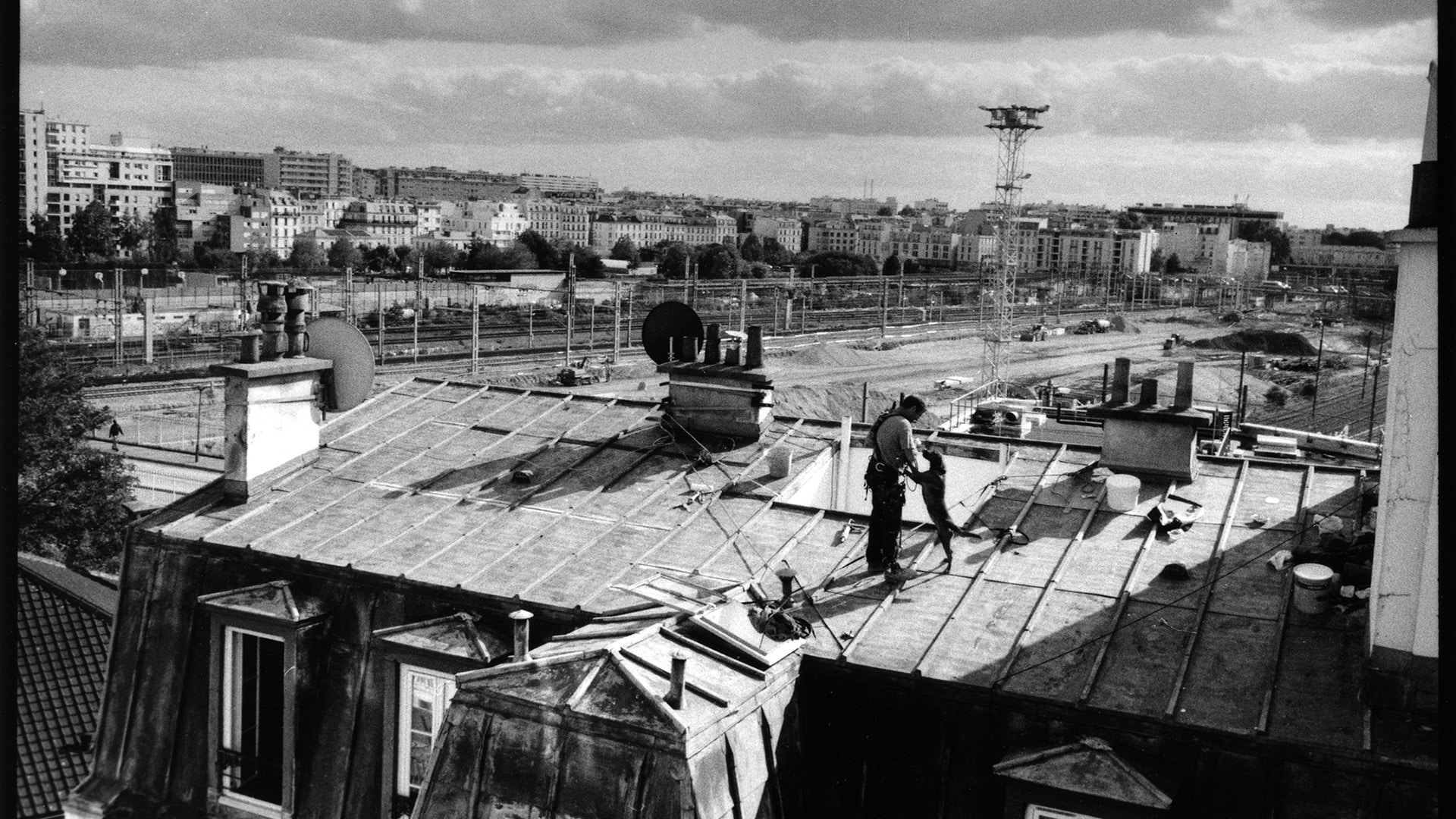During this unprecedented health crisis, photographers must fire up their creativity and reinvent themselves. We talked to Jérémie Bouillon just as the country had gone into lockdown.

You’re getting blind.
Don’t miss the best of visual arts. Subscribe for $9 per month or $108 $90 per year.
Already suscribed ?



